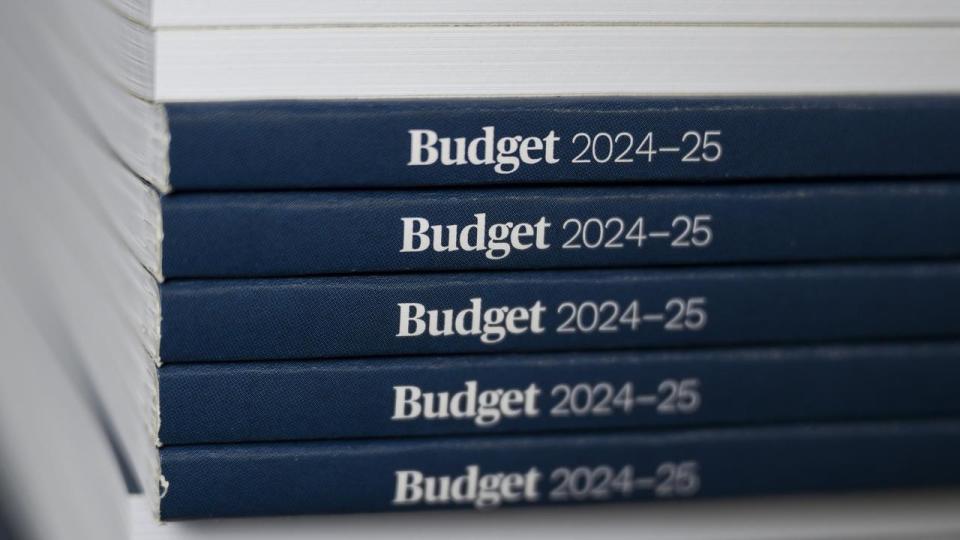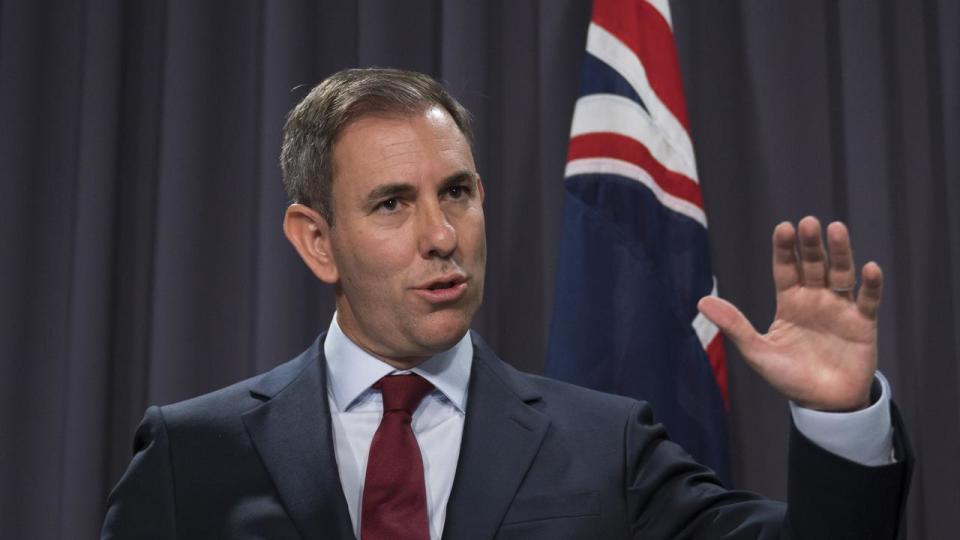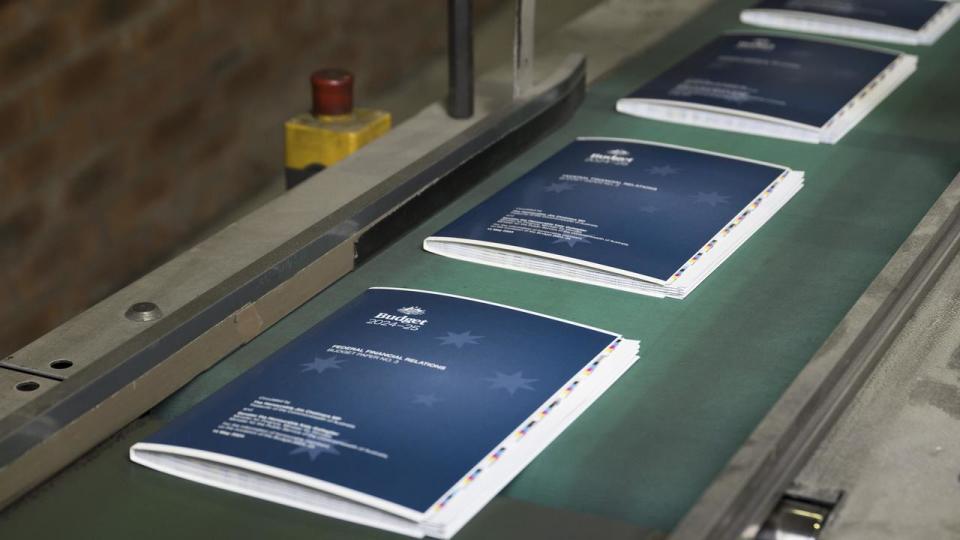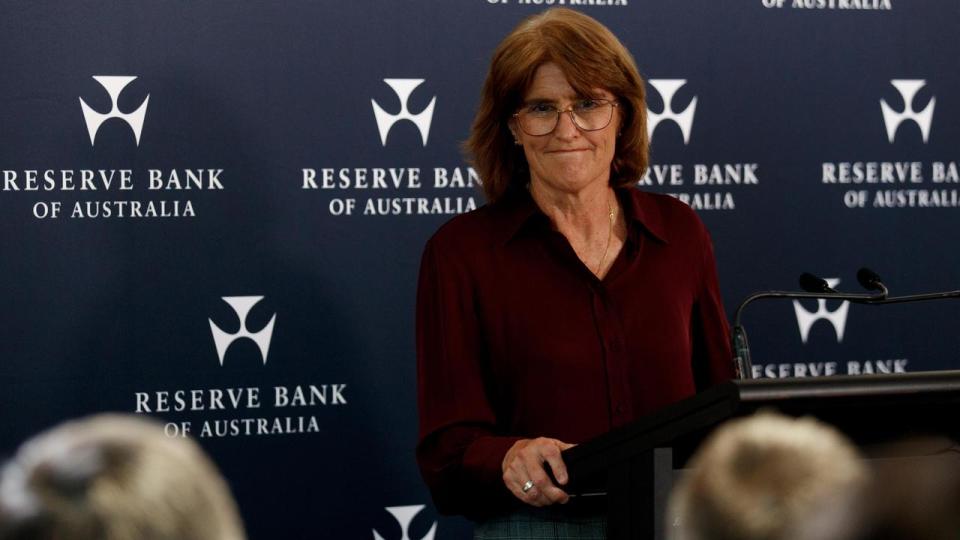Huge call on Aussie price hike crisis

Inflation could return to the Reserve Bank’s target band by the end of 2024, Tuesday’s federal budget will show, a full year ahead of the Reserve Bank’s own forecasts which predict a resurgence in price pressures.
In positive news for cash strapped households, Treasurer Jim Chalmers third budget will predict that the recent surge in prices could further ease over the next 12 months, potentially enabling the RBA to cut rates sooner than expected.
According to the budget papers, annual headline Inflation, recorded at 3.6 per cent in the year to March, is expected to ease to 3 ½ per cent by June – slightly below the estimates in December’s mid-year budget update of 3 ¾.
From there, inflation will ease to 2 ¾ a year later – in line with December forecasts and within the RBA’s 2 to 3 per cent target band.

With the RBA mulling a rate hike at its most recent meeting, Dr Chalmers said the Albanese government’s tax and spend plan would complement the central bank’s efforts to tame inflation.
“Our budget will be part of the solution to cost of living pressures, not part of the problem,” he said on Sunday.
“Inflation is moderating in welcome ways but it’s not mission accomplished because people are still under pressure.”
The fresh Treasury estimates, however, are in sharp contrast with the RBA’s own inflation outlook which anticipates a re-acceleration of consumer price growth due to soaring fuel costs and a still-tight jobs market.
According to the RBA staff forecasts, released last Tuesday, the central bank expects headline inflation will rebound to 3.8 per cent in June, and hold at this level through to December. By mid-2025, inflation will have returned to 3.2 per cent, the RBA predicts.
Not until the second half of 2025 will inflation fall below 3 per cent, with CPI expected to ease to 2.8 per cent by December.

Following the release, RBA governor Michelle Bullock warned that while inflation was easing, it was falling more gradually than had been previously expected.
“The path will likely continue to be bumpy and we should all be prepared for that,” Ms Bullock cautioned.
The spending decisions of budgets, both state and federal, are not factored into the RBA’s forecasts. These include mooted electricity rebates and increases to rent assistance, measures which would moderate measured inflation.
But with state governments pouring billions of dollars of additional spending into their economies ahead of Tuesday, veteran budget economist Chris Richardson said a reading below the RBA’s forecasts pointed to a significant reduction in household consumption.
“Demand will be higher supported by taxpayer money and yet inflation is lower — now that will be unusual,” Mr Richardson said.
“If we’ve now got a forecast of lower inflation, that says to me families are under even greater pressure.”
Coalition demands spending cuts
To avoid further fuelling price growth, shadow treasurer Angus Taylor on Sunday reiterated the Coalition’s calls for Labor to exercise spending restraint, and argued that Dr Chalmers’ two previous budgets had failed to relieve inflation.
“They haven’t delivered this cut in inflation, the homegrown inflation that we’ve seen under Labor, described as homegrown inflation by the Reserve Bank governor by the way,” he said.
“If we have another flop in this budget, Australians will pay a high price.”

The Coalition’s calls for spending restraint were shared by EY chief economist Cherelle Murphy who argued the government could not afford to let fiscal discipline slip.
“This is especially so given $23 bn of tax cuts are already locked and loaded, additional spending has been announced for housing, and state governments are providing billions of dollars in household handouts too,” Ms Murphy said
“Offsetting new spending with cuts elsewhere, at least over the next 12 months, is essential to keeping the fiscal envelope tight.”
The revised Treasury forecasts also slashed near-term GDP projections, showing the economy will expand by just 2 per cent in 2024-25, before climbing to 2 ¼ per cent in 2025-26, as the effect of RBA’s aggressive run of rate hikes works to slow growth.
Previously, Treasury forecasts released in the mid-year economic outlook had estimated GDP growth of 2 ¼ per cent in 2024-25, accelerating to 2 ½ per cent in 2025-26.
Cost of super on PPL set to surge
The fresh budget figures come as the Treasurer unveiled the costings of its commitment to pay super on top of taxpayer-funded paid parental leave, slated to take effect from July 1, 2025.
The initial outlay for the measure will be $1.1bn over the four-year forward estimates period, Dr Chalmers confirmed on Sunday, with the cost of the policy then amounting to $623.1m per year thereafter.
The annual cost is sharply higher than Treasury estimates in 2020 which forecast an ongoing cost of $200m a year, however this calculation assumed a superannuation guarantee of 9.5 per cent, 18 weeks of leave and a minimum weekly wage of $750.
Instead, robust wages growth, the increase of the super guarantee to 12 per cent and the scheme’s extension to 26 weeks, both in mid-2026, have dramatically added to costs.
“It’s a really important investment. When mums or dads go on the government paid parental leave system, they shouldn’t be missing out on superannuation,” Dr Chalmers added.

 Yahoo Finance
Yahoo Finance 